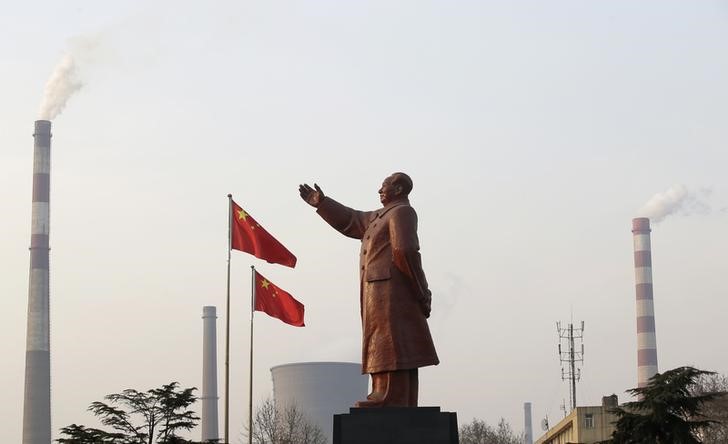Street Calls of the Week
By Barani Krishnan
Investing.com -- Hopes for a consumption ramp-up by Chinese industries and consumers helped global crude prices to rise Monday from the torrid selloff of the previous week as bulls in the space bet the largest oil importer will progress from an end to three years of COVID lockdowns.
New York-traded West Texas Intermediate, or WTI, crude for March officially settled Monday’s trade up 72 cents, or 1%, at $74.11. WTI plunged 7.5% last week, hitting a three-week low of $73.11, on recession fears and the uncertainty about the direction for U.S. interest rates after huge employment gains among Americans in January again threatened to bump up inflation.
London-traded Brent crude for March delivery finished the regular session up $1.05, or 1.3%, at $80.99. Like WTI, the global crude benchmark tumbled 7.5% last week, touching a three-week low of $79.62.
“There is also a growing expectation that China will bounce back strongly following the decision to scrap zero-COVID restrictions which will spur more demand over the course of the year and boost prices,” said Craig Erlam, analyst at online trading platform OANDA.
The push by oil bulls to repair the damage done to crude’s charts by last week’s selloff appears to have played a part too in the rebound, said Erlam.
“The final reason could be more technical, with the price having fallen quite significantly over the last week or so,” he added.
While Monday’s trading was choppy, with WTI and Brent re-entering negative territory at several points during the day, the bet on China seemed to be a decisive factor, especially after the International Energy Agency, or IEA, reiterated its forecast that Chinese demand will help lead to record global oil consumption in 2023.
While forecasts by the Paris-based IEA are widely followed across the market, the agency is also routinely accused by oil bulls of having a bearish outlook on crude demand and prices due to the consumer nations it looks out for. That makes any bullish call on oil by the IEA “special”.
Speaking on the sidelines of an industry conference in India, IEA executive director Fatih Birol said half of global oil demand growth this year will come from China, where jet fuel demand was surging.
Depending on how strong that recovery is, global oil alliance OPEC+ may have to reassess its early October decision to cut output by 2 million barrels per day through 2023, Birol said.
"If demand goes up very strongly, if the Chinese economy rebounds, then there will be a need, in my view, for the OPEC+ countries to look at their (output) policies," he said in comments carried by Reuters.
Countering the IEA’s projections on China, DBS Bank’s lead energy analyst Suvro Sakar said higher interest rates in most parts of the world could keep a lid on crude’s gains.
"We are not seeing any big evidence of a China domestic demand rebound yet, though mobility numbers are encouraging,” Sakar said, adding that concerns about central banks' rate hike cycles and higher-for-longer interest rates remain a drag on oil prices.
Chinese crude imports were assessed at 10.98M bpd, or barrels per day, in January, down from December's 11.37M bpd and November's 11.42M bpd, a Reuters report said Thursday. Part of the decline in Chinese imports was likely due to the Lunar New Year holiday, which fell on January 22 this year, the report added.
ANZ analysts concurred with that, noting a sharp jump in traffic in China’s 15 largest cities following the Lunar New Year holiday but acknowledging that Chinese oil traders had been “relatively absent” from the market.
